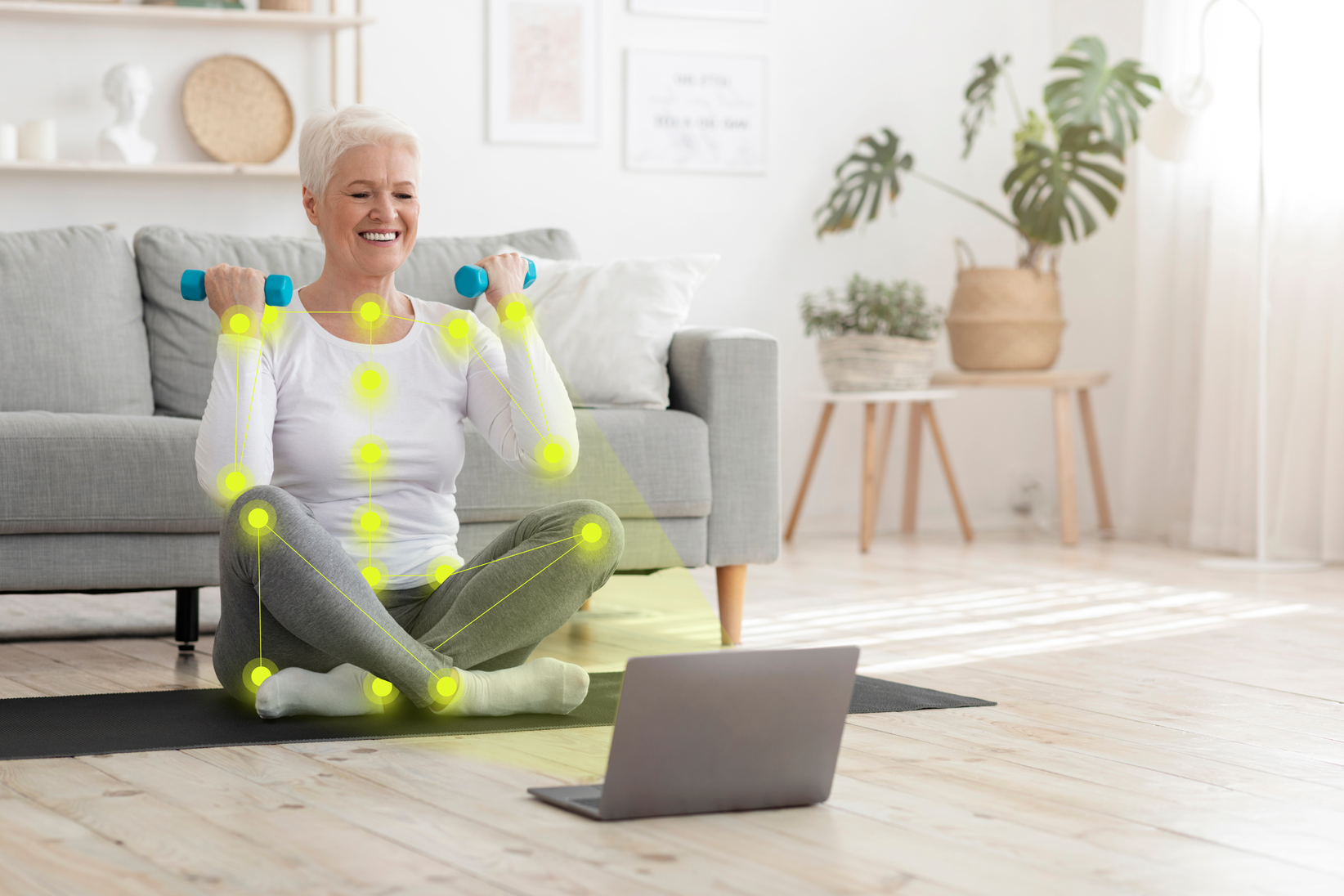Every year in the UK there are over 100,000 stroke victims, that’s one person every five minutes, with the number of stroke survivors in the UK currently totalling 1.3 million. A stroke is a cerebrovascular disease with symptoms typically presenting themself via the face, arms and speech.
The average cost of stroke to the NHS per patient is £13,500 in the first year and £18,000 over 5 years. By 2035 the rate of first time strokes will have increased by 59% and the number of stroke survivors will rise by 123%. It has been clinically proven that rehabilitation immediately following a stroke, known as early support discharge (ESD) can reduce the risk of a further stroke by 35% as well as enable people to return to previous levels of function and independence.
From an operational perspective ESD can drastically cut costs for the NHS by reducing the risk of further complication. The Chartered Society of Physiotherapy show that early rehabilitation for post-stroke victims saves the NHS approximately £1600 over five years per extra patient receiving ESD, on average reducing a patient’s length of stay by five days as well as alleviating long-term dependency from the patient on health care services.
In spite of this, 20% of people who have had a stroke don’t receive the minimum specialist rehabilitation required in the first 5 days and 68% do not have an assessment for rehabilitation required after discharge from hospital.
How Can Computer Vision AI Help?
Computer vision AI could help provide convenient, digital physical therapy that does not compromise on quality of care due to the following offerings:
- Individuals can access physiotherapy as soon as they leave the hospital from any device with a camera
- This could provides much-needed access to life-changing rehabilitation
- Real-time feedback and corrective guidance that might ensure patients are executing movements and exercises correctly and safely
- Red-flag reporting for providers to ensure that physical therapists may engage with patients when they are not adequately completing their home exercise protocols
- Clear performance tracking so that physical therapists might have a vision into the patient’s improvement, could communicate with patients when necessary, and could modify patient recovery plans when appropriate
- Behaviour-based notifications that could improve patient adherence and could drive improved patient engagement
Notes:


